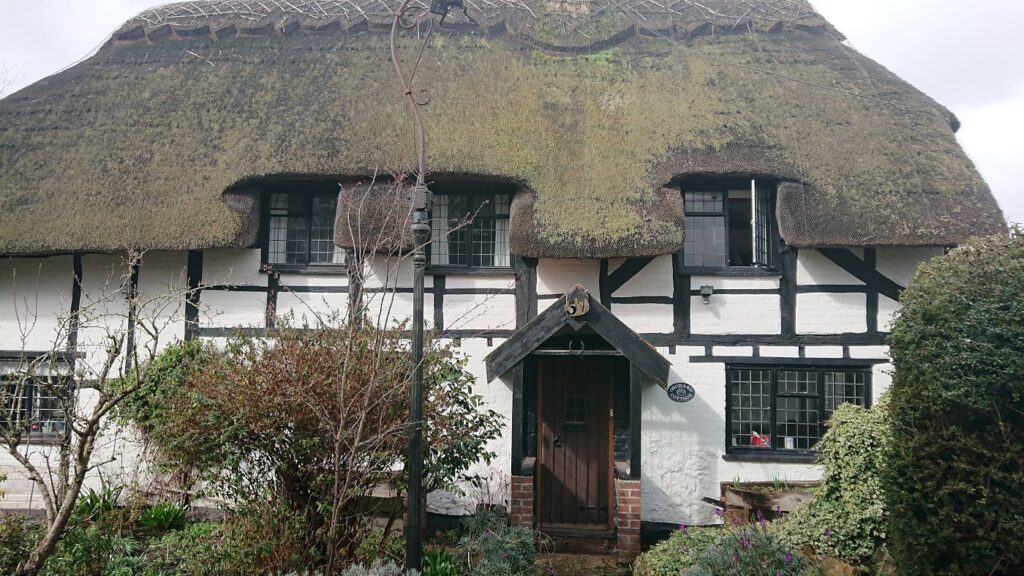For those who put health first when deciding on thermal insulation
Fortunately, in the UK, it is well-known that lime plasters are antiseptic. But there is a family of products—hemp-lime plasters—that provide a living environment where it is a relief to exist and breathe.
The existing hemp-lime insulating plasters, however, have been difficult to work with, requiring the masonry to be perfectly prepared—not too dry and not too wet—a fine balance indeed.
Recently, the team at Core Conservation has been working on producing a 100% nature-friendly, green hemp-lime plaster for Carbon Zero enthusiasts,
… that not only is environmentally friendly but also capable of competing with modern insulating materials, addressing a previous weak point of hemp-lime insulating plasters.
Our team quickly realised that the Italian master from Venice is one step ahead of us with his fantastic Canapaterm MGN product. Rooms plastered with Canapaterm radiate surprisingly pleasant warmth, even when there is no heating.
In analysing its success, we discovered that an important factor, usually overlooked in England, was at play.
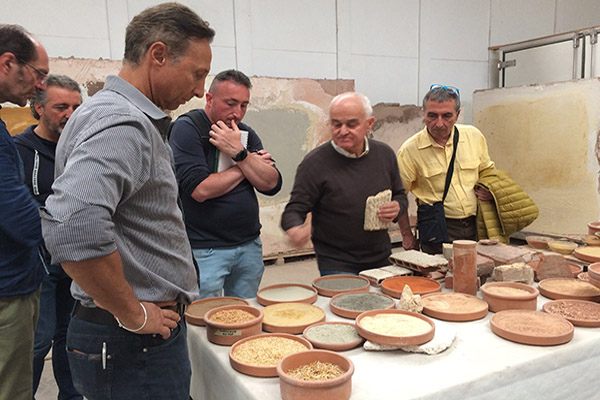
Excellent thermal comfort depends on a material's additional ability to reflect heat.
Everyone knows that a material’s insulating ability is determined by its thermal conductivity.
However, not many are aware that thermal reflectance starts to play an important role—and can significantly impact your heating bill—when a material reflects over 90 percent of infrared (heat) radiation. In other words, when heat emitted by our bodies and other heat-generating sources does not escape through the walls but remains within the building. I.e. infrared waves are not absorbed by the masonry; instead, they are reflected back into the room.
Mr Naldo Busato, Venetian Building Restoration Master, understood the significance of thermal reflectance when perfecting his hemp-lime recipe. Consequently, Canapaterm MGN reflects over 90% of infrared waves back into the room, positioning this insulating lime plaster in the premium thermal insulation category.
Canapaterm MGN
This smart mix of hemp, lime, and white volcanic sand is a true enhancement to the comfort of your home
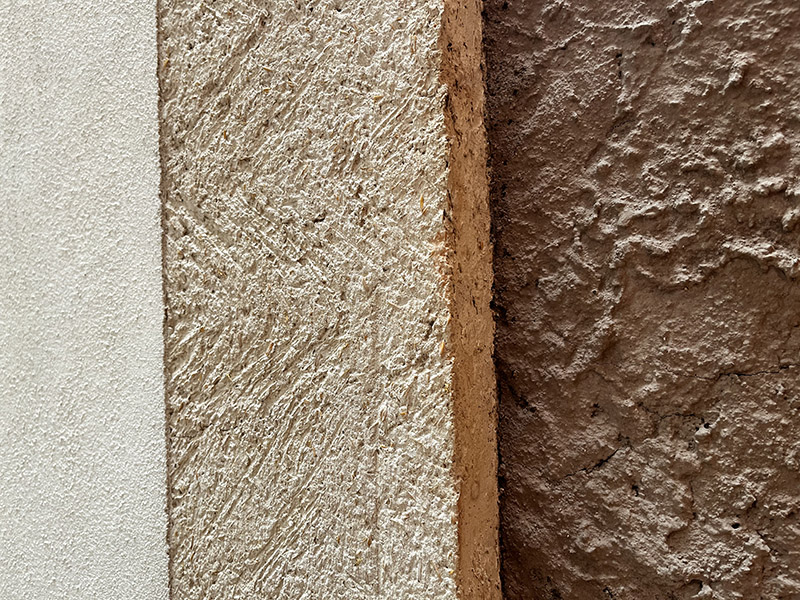
As is the case with every insulating product, the thicker the insulation, the warmer your home. Based on actual experience, when applied at 1-2 inches thickness, this is what you can expect from this hemp-lime insulating plaster:
- Within two hours of having the heating on, the house will warm up and retain the heat for much longer than before.
This lime-hemp plaster will buffer any kind of moisture, including condensation, leaving the house free of mould and fungi, thus reducing the risk of respiratory problems.
The highlight of using hemp-lime as a building material is its immediate positive effects on indoor air quality and the microclimate of your home.
- High-performance acoustic insulator
- Guarantees greater energy savings on heating
- Cools your building in the summer and warms it in the winter by regulating internal humidity
- Reduces pollution by absorbing CO²
Quantified quality characteristics of the product are available here, under ‘Specifications’.
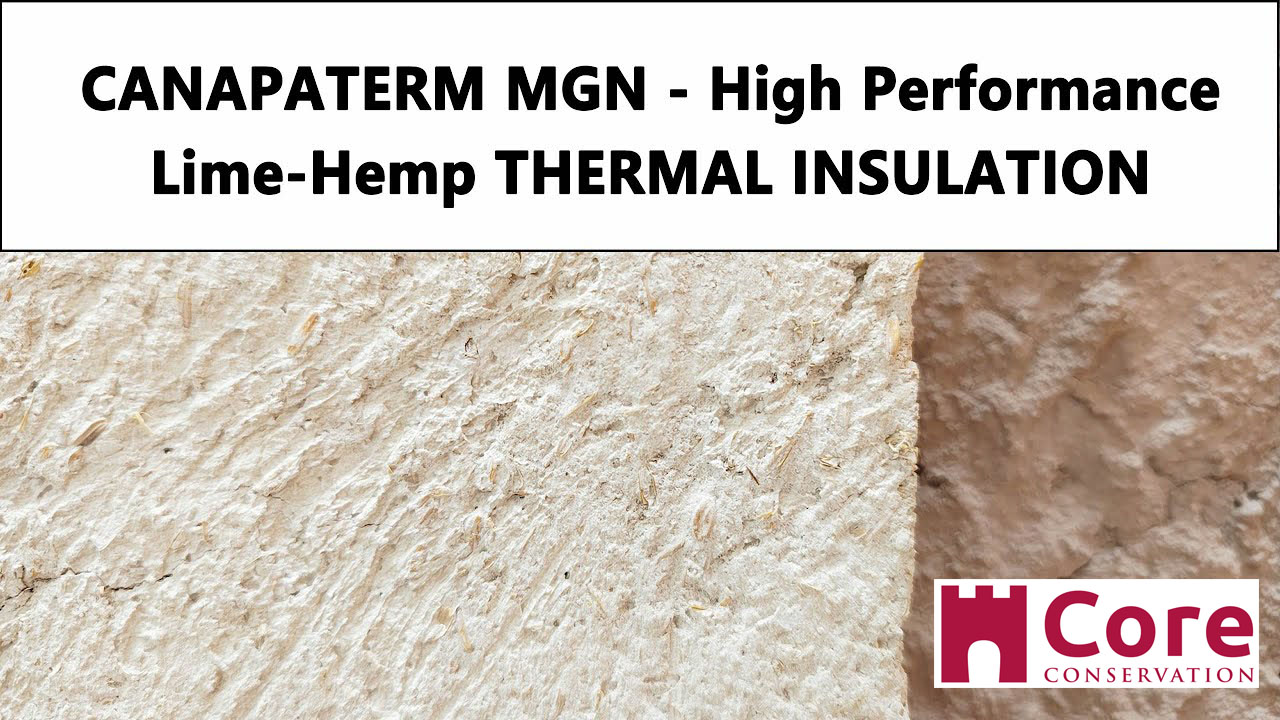
Do you like the product but not sure if it's for you?
No problem, just drop us a question
It is very easy to work with the Canapaterm MGN hemp-lime mix
When applied to the prepared wall surface, it adheres very well. Applying this insulating lime plaster at a thickness of two inches in a single application is not a problem.
“The hemp lime is a very good product. Extremely strong when cured, breathable and sticks very well. It will shrink but because of the binding of the hemp won’t crack much.” DM – Builder
Reduce our carbon footprint with hemp
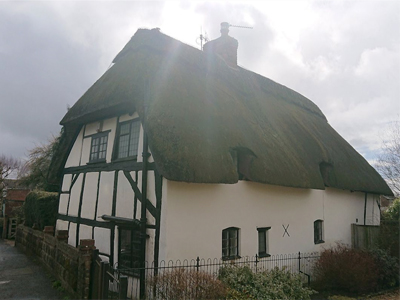
„As with all plant-based materials, carbon is stored during plant growth and continues to be stored through its use as a building material. At the end of its life, it can either be remixed with new material, used as biomass or otherwise returned to the soil; at this point it slowly releases the carbon through decomposition while also returning other nutrients to the soil.”
Canapaterm MGN
Hemp-based, insulating lime plaster. Great thermal and acoustic insulator, reducing CO2 pollution, regulating internal humidity.
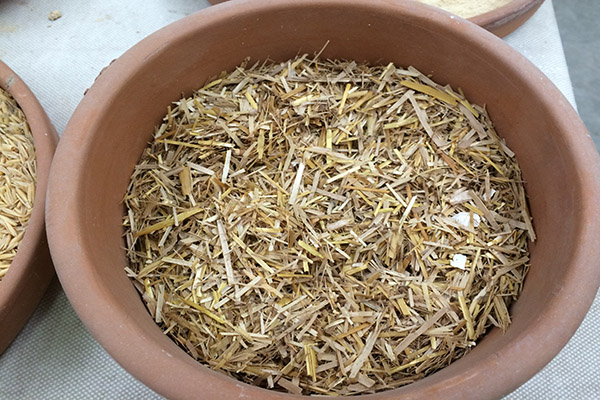
Should you have any questions or projects to discuss, please don’t hesitate to reach out. The building conservation specialists of our team are happy to chat with you, free of charge.
For those who put health first when deciding on thermal insulation Read More »

